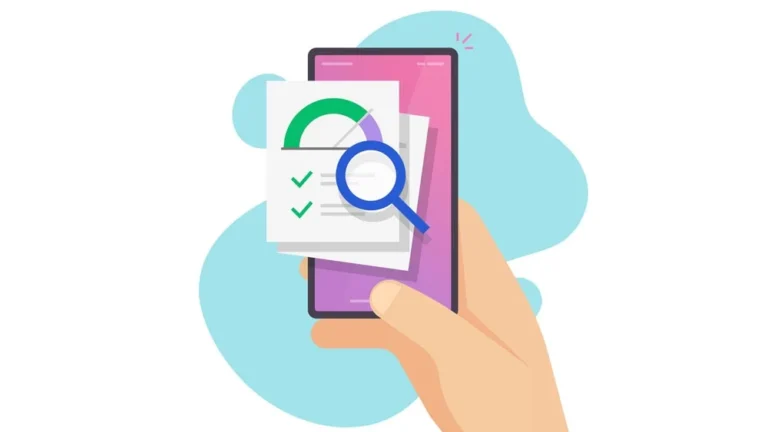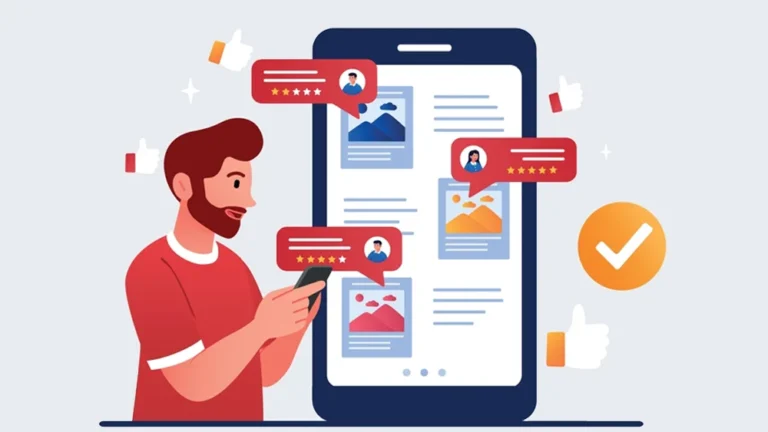Mobile applications have revolutionized how businesses engage with their audiences, providing personalized experiences, convenience, and round-the-clock accessibility. From app development to mobile apps in modern marketing, every phase of the process is critical to the success of an application in today’s competitive landscape. Moreover, the emergence of no-code platforms has significantly lowered the barriers to app creation, enabling businesses of all sizes to harness the potential of mobile technology.
App development has evolved from being a resource-intensive process limited to tech giants to an accessible endeavor for businesses of all scales. Traditional development, while still relevant, now competes with no-code platforms, which empower individuals with minimal or no programming knowledge to create functional and user-friendly mobile applications. This democratization of app development has fueled the growth of innovative applications tailored to specific market niches and user needs.
- Register a Domain Name
Registering a domain name is a fundamental step in establishing an online presence, whether it’s for a personal project, a business, or any other endeavor. - Progressive Mix of World News and Propaganda
- Migrating from GoDaddy Website Builder to WooCommerce
Building an online store with a Website Builder is a great starting point for a new business. - WordPress Security Vulnerabilities and Solutions
Security is a massive topic in the modern world. Mental, physical, emotional, financial, cyber, we all care one way or another about at least one of those. - Perform an SEO Audit for WordPress
You can’t simply build a WordPress website and think you’ll attract traffic and users without having a solid search engine optimization strategy.
A key element of any successful search engine optimization strategy is performing regular SEO audits of your website. - LIEFFIE – Digital News and Development
- Advanced Ecommerce Link-Building Strategies
With over 90% of worldwide searches happening on Google, the influence of Google’s ranking algorithm on e-commerce growth and online business performance cannot be overstated. But in this crowded space, how does one emerge victorious? The answer lies in deploying advanced link-building strategies tailored for e-commerce success.
For instance, a financial app designed to assist users with managing “Mis-sold Car Finance” cases and filing “PCP Claims” can address a well-defined audience. Leveraging modern app development tools and incorporating educational resources about these financial issues, such an app can position itself as an essential solution for users seeking guidance and transparency.
Mobile App Marketing Strategies: Driving User Engagement
Contents
Developing an app is merely the beginning; its success depends on effective marketing strategies to ensure reach and engagement. A comprehensive mobile apps in modern marketing spans multiple stages, including pre-launch preparation, user acquisition, engagement, and retention.
1. Pre-launch Preparation:
-
-
- Define your target audience through market research.
- Build anticipation with teaser campaigns and social media promotions.
- Engage with potential users through email campaigns or surveys to refine app features.
-
2. App Store Optimization (ASO):
-
-
- Optimize your app’s listing with relevant keywords like “Mis-sold Car Finance” and “PCP Claims.”
- Use compelling titles, descriptions, and high-quality visuals to attract downloads.
- Encourage user reviews and ratings to enhance credibility and visibility.
-
3. Content Marketing:
-
-
- Create educational content that highlights your app’s value proposition. For example, a blog explaining the intricacies of PCP claims can attract users seeking financial clarity.
- Use videos, tutorials, and infographics to demonstrate app functionality.
- Share user success stories to build trust and drive downloads.
-
4. Social Media Campaigns:
-
-
- Leverage platforms like Instagram, Facebook, LinkedIn, and Twitter to reach diverse audiences.
- Highlight your app’s unique features and benefits through engaging posts and advertisements.
- Use hashtags and trends to increase visibility and foster organic engagement.
-
5. Push Notifications:
-
- Re-engage existing users with personalized messages about updates, features, or tips.
- Avoid overusing notifications to maintain user trust and avoid app uninstalls.
The Role of No-code Platforms in Marketing
No-code platforms not only simplify app development but also bolster marketing efforts. Many platforms come equipped with built-in analytics tools, enabling businesses to track user behavior, understand preferences, and tailor their marketing campaigns effectively. This data-driven approach ensures strategies resonate with the intended audience, optimizing resource allocation and maximizing return on investment (ROI).
No-code platforms also facilitate rapid prototyping and iterative development, allowing businesses to adapt to market demands swiftly. This agility is particularly advantageous in creating apps that target niche markets or address specific user pain points.
Addressing Niche Markets with Apps
Targeting a niche market is an effective way to differentiate an app in a crowded marketplace. An application focused on resolving financial issues like mis-sold car finance exemplifies this approach. By offering features such as:
- Step-by-Step Guides: Helping users navigate the process of filing PCP claims.
- Claim Calculators: Providing estimates for potential financial recoveries.
- Resource Integration: Offering direct links to relevant legal and financial resources.
Such an app not only addresses a specific need but also establishes itself as a trusted authority in its domain. Additionally, niche-focused apps often benefit from strong user loyalty and word-of-mouth recommendations, reducing marketing costs over time.
Mobile Apps in Modern Marketing: Crafting a Holistic User Experience

Beyond development and marketing, the user experience (UX) is crucial in retaining users and encouraging positive reviews. A seamless and intuitive interface, combined with robust functionality, is the cornerstone of any successful app.
To ensure an excellent UX:
- Conduct usability testing during development to identify and rectify potential issues.
- Incorporate user feedback to improve features and performance.
- Ensure compatibility across devices and platforms to reach a broader audience.
An app addressing mis-sold car finance and PCP claims, for example, should offer an easy-to-navigate interface that simplifies complex processes, ensuring users feel confident and informed throughout their journey.
Measuring Success and Iterating
The success of mobile apps in modern marketing lies in its ability to adapt to changing user needs and market dynamics. Regularly monitoring key performance indicators (KPIs) such as download rates, user retention, and engagement levels provides valuable insights into an app’s performance.
Utilizing analytics tools, businesses can identify:
- Drop-off points in the user journey.
- Popular features that resonate with users.
- Areas requiring improvement or additional functionality.
By iterating based on these insights, businesses can ensure their app remains relevant and continues to deliver value.
nandbox App Builder
nandbox provides a way for companies to develop branded, customized mobile apps without requiring a lot of technical know-how, as they aim to interact with clients more deeply. Through the integration of features like loyalty programs, push alerts, and in-app messaging, nandbox App Builder assists companies in improving customer engagement, retention, and brand awareness.
Conclusion
The mobile application ecosystem is a dynamic and opportunity-rich environment. Businesses that leverage no-code platforms for efficient app development and implement innovative mobile app marketing strategies are well-positioned to thrive. Targeted applications addressing specific concerns, such as mis-sold car finance and PCP claims, demonstrate how apps can effectively serve niche markets, delivering immense value to users.
As technology advances and consumer expectations evolve, staying ahead requires a commitment to innovation, user-centric design, and data-driven marketing. By focusing on these elements, businesses can not only meet their objectives but also establish themselves as leaders in the mobile-first era.





